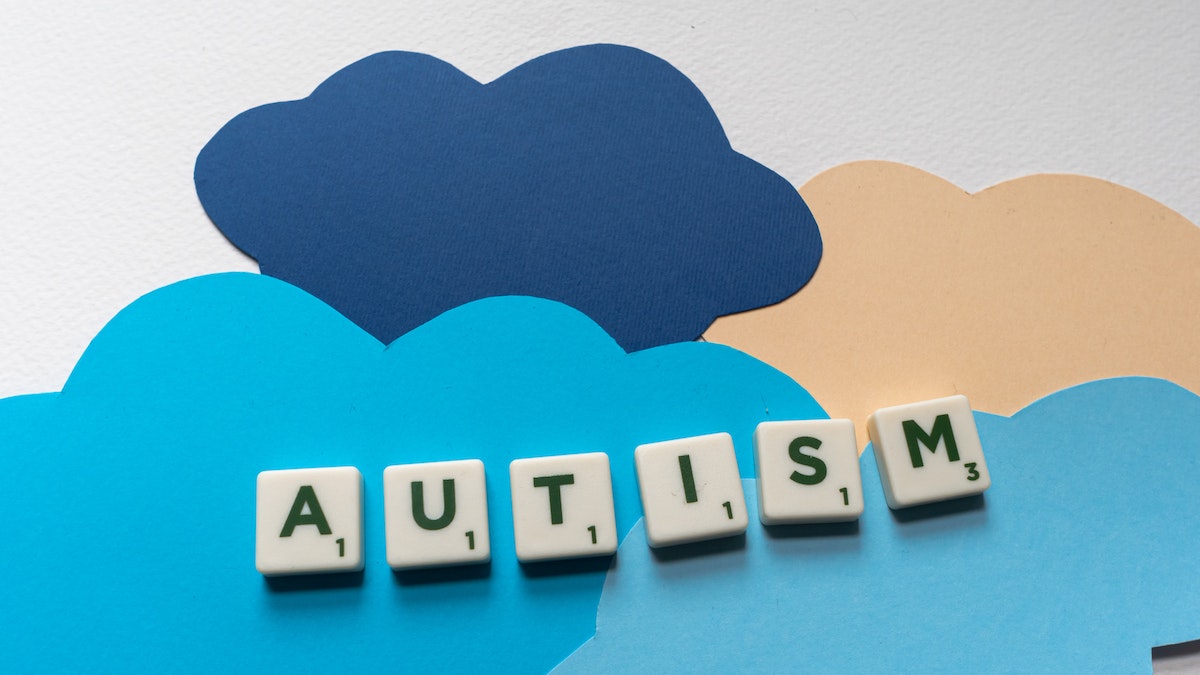What is autism?
Autism is a neurodivergence that can create differences in social and communication styles. Autism does not have one look. It is different for every person.
Autism Facts
- About one in 36 children is diagnosed with autism, according to estimates from the CDC’s Autism and Developmental Disabilities Monitoring (ADDM) Network.
- Autism is diagnosed more than four times more frequently among boys than among girls.
- Girls are often diagnosed later than boys and miss out on opportunities for early support. Girls who have autism but not a diagnosis may grow up not understanding why they are sometimes confused in social situations. They might not be able to make friends as easily as others and can sometimes be targets for bullies. This can lead to a lifetime of feeling they’re failing and have character defects – or being told they do.
- Autism impacts each person differently.
Autism Acceptance Symbol
The new symbol for Autism Acceptance Awareness is the rainbow infinity symbol, which is used to represent neurodiversity. Over time, the puzzle piece symbol began to be viewed in a negative light, as it created the impression that autism was a riddle to be solved or that people with autism were incomplete. The criticism over the puzzle piece symbol was handed over to the Autism Research Journal’s editors, who initiated the process of updating the symbol. The group’s research led them to move toward a symbol that represents the autism spectrum more fully. In February 2018, the puzzle piece was replaced with a rainbow-colored infinity symbol to represent a spectrum, diversity, and difference.
Ways to Support Autism Acceptance Month
- Learn about the history of autism.
- Support anti-bullying initiatives that are respectful of diverse populations.
- Read books about autism.
- Educate yourself on terminology that relates to autism. Some of us may have learned people-first language, but there are different points of view on that.
- Support actually autistic creators and business owners.
- Spread awareness in your community.
- Create inclusive opportunities.
- Be an advocate and speak up.
Additional Resources

